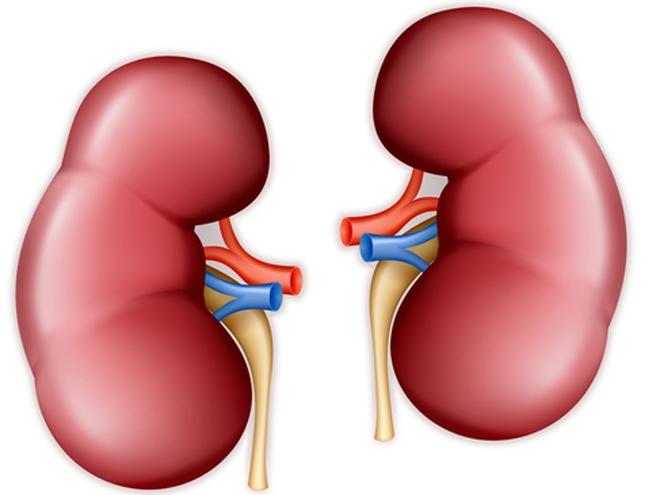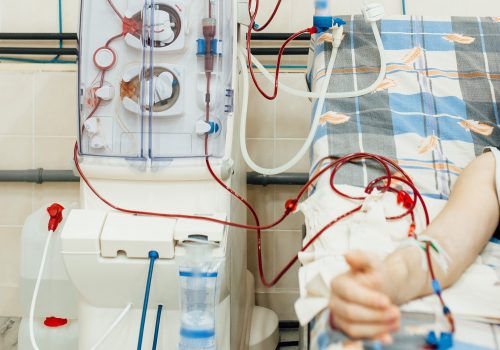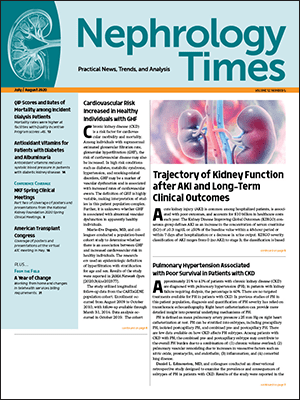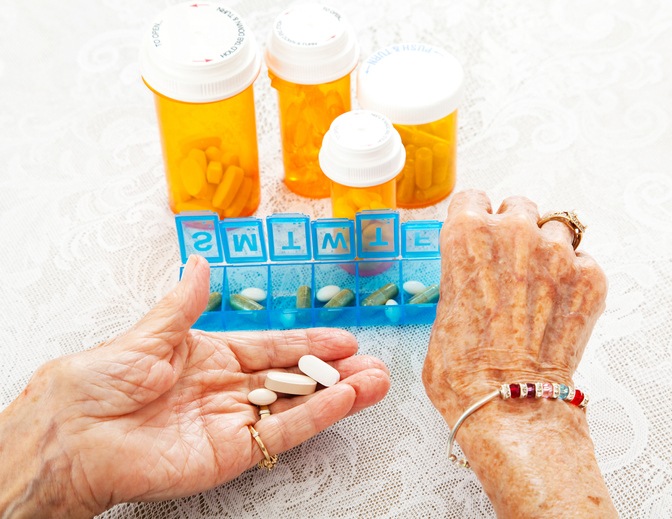
In patients with resistant hypertension, use of spironolactone reduces blood pressure. However, in patients with chronic kidney disease (CKD), hyperkalemia may limit the use of spironolactone. Results of the AMBER study demonstrated that the addition of patiromer enabled more persistent use of spironolactone in patients with resistant hypertension and advanced CKD.
Older patients may be at increased risk for hypertension. In a presentation during the NKF Spring Clinical Meetings, Rajiv Agarwal, MBBS, and colleagues reported AMBER results stratified by age. The presentation was titled Patiromer vs Placebo to Enable Spironolactone in Patients with Resistant Hypertension and CKD According to Patient Age (AMBER Trial).
AMBER, a randomized, double-blind, placebo-controlled randomized clinical trial, included adults with estimated glomerular filtration rate 25 to ≤45 mL/min/1.73 m2, and uncontrolled resistant hypertension. Patients were randomly assigned 1:1 to spironolactone plus placebo or to spironolactone plus patiromer. The primary end point was the between group difference at week 12 in the percentage of patients on spironolactone. In the current analysis, the end point was assessed prospectively by age (<65 years and ≥65 years).
A total of 295 patients were randomized; of those, 31.5% (n=93) were <65 years of age and 68.5% (n=202) were ≥65 years of age. At baseline, mean automated office systolic blood pressure was 145.4 mmHg and 143.5 mmHg, respectively. Mean baseline serum potassium level was 4.71 mEq/L and 4.72 mEq/L, respectively.
In both subgroups, significantly more patients treated with patiromer than those in the placebo group remained on spironolactone at week 12 (between group difference: <65 years, 21.6%; P=.0137; ≥65 years, 18.3%; P=.0037). The mean cumulative spironolactone dose was higher with patiromer than with placebo by 332 mg and 398 mg in patients <65 years of age and patients ≥65 years of age, respectively.
Among patients <65 years of age, adverse events occurred in 52% of the placebo group and 65% of the patiromer group. Among patients ≥65 years of age, the percentages of adverse events were 54% (placebo) and 51% (patiromer). A total of four patients (one in the placebo group and three in the patiromer group) had serum magnesium 1.2 to <1.4 mg/dL.
In conclusion, the researchers said, “Patiromer enabled more patients with advanced CKD and resistant hypertension to continue spironolactone treatment, including those aged ≥65 years.”
Source: Agarwal R, Rossingnol P, Mayo MR, et al. Patiromer vs placebo to enable spironolactone in patients with resistant hypertension and CKD according to patient age (AMBER trial). Abstract of a presentation at the National Kidney Foundation 2020 Spring Clinical Meetings; abstract #401.







 © 2025 Mashup Media, LLC, a Formedics Property. All Rights Reserved.
© 2025 Mashup Media, LLC, a Formedics Property. All Rights Reserved.